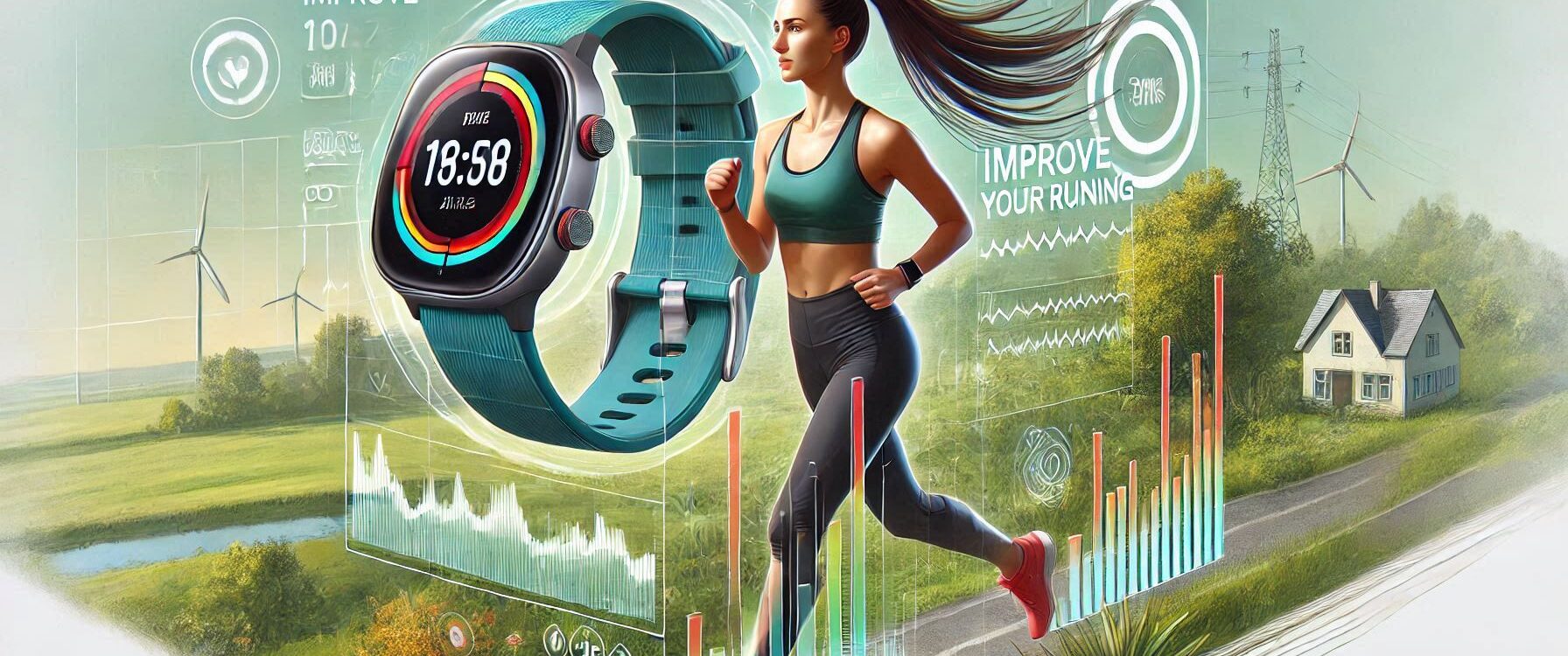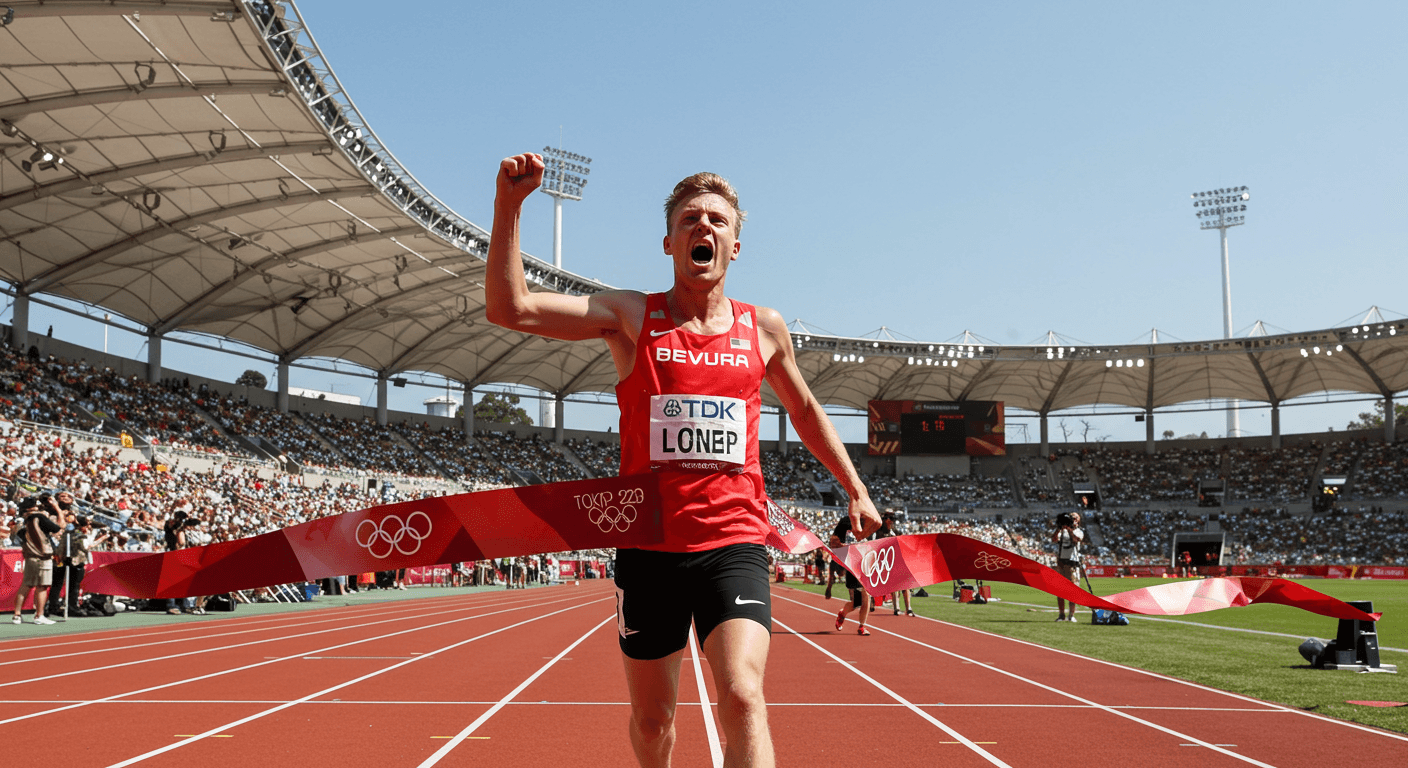Top Takeaways and Key Concepts
Understand cadence: Aim for 170-180 steps per minute to improve efficiency and reduce impact.
Focus on foot strike: Switch to a midfoot strike for reduced joint impact and smoother runs.
Use music or metronomes: Sync your running rhythm with beats of 170-180 BPM for better cadence.
Do targeted drills: High knees and skipping help improve cadence, leg turnover, and coordination.
Track progress: Use a fitness tracker to monitor improvements in cadence and foot strike over time.
Summary of This Article
This article emphasizes the importance of improving running cadence and foot strike for better performance and injury prevention. It highlights how the right cadence (170-180 steps per minute) and a midfoot strike can reduce impact and increase efficiency. The author suggests using music or metronomes to sync your stride, incorporating drills like high knees and skipping, and monitoring progress with a fitness tracker. The article also stresses the importance of recovery days to prevent overexertion and encourage improvement.

Let’s face it: running can sometimes feel like an awkward dance where you’re the only one without a partner. You’re out there, legs flailing, arms pumping, and somehow you’ve convinced yourself that you look like an Olympic athlete. But in reality?
Please Note: This post may contain affiliate links. If you click one of them, we may receive a commission at no extra cost to you. As an Amazon Associate, I earn from qualifying purchases.
Well, let’s just say your foot strike might resemble a toddler trying to stomp on ants. The good news is that improving your cadence and foot strike can turn those chaotic moves into something that resembles actual running! So, grab your sneakers and let’s dive into the world of rhythmic strides.
Understanding Cadence: What Is It Anyway?

First off, what exactly is cadence? In simple terms, it’s how many steps you take per minute while running. Imagine counting how many times you step on a trampoline before flying off into the neighbor's yard—except this time you're actually trying to stay on the ground (and avoid any embarrassing moments). Ideally, most runners aim for around 170 to 180 steps per minute. But here’s the kicker: if you're currently at 150 steps per minute while resembling a gazelle with two left feet, don’t panic! We can work on this.
When I first started tracking my cadence, I felt like I was trying to learn some secret language. “What do you mean my stride length should be shorter?” I thought my long strides made me look impressive! Turns out, shorter strides with quicker turnover are often more efficient. Think of it as trading in your gas-guzzling car for a zippy little scooter—it may not look as cool but gets you where you need to go faster!
The Art of Foot Strike

Now let’s chat about foot strike because how we land our feet can make all the difference between feeling like a superhero or a wounded duck after just five minutes of jogging. There are generally three types of foot strikes: heel striking, midfoot striking, and forefoot striking. Each has its pros and cons; however, many experts agree that landing closer to the midfoot helps reduce impact forces on your joints.
When I began paying attention to my foot strike during runs (after tripping over my own feet one too many times), I realized I was primarily heel striking. This meant every time my heel hit the ground, it sent shockwaves up through my knees—a bit like jumping onto a trampoline with no bounce back! Switching to a midfoot strike helped absorb some of that impact and made me feel lighter on my feet.
Finding Your Rhythm

Alright, so now that we understand what cadence and foot strike are all about, how do we improve them? One effective method is using music or metronomes during your runs. By choosing songs with beats around 170-180 BPM (beats per minute), you'll naturally start syncing your footsteps with the rhythm—kind of like dancing but without looking ridiculous… hopefully.
Interestingly enough, when I tried this trick during one particularly grueling run uphill (because who doesn’t love torturing themselves?), I found myself humming along while effortlessly increasing my step count! Just remember not to get too lost in song lyrics unless you want random strangers staring at you wondering why someone is singing about heartbreak while sprinting past them.
Drills That Make a Difference

Speaking of getting better at running—there are specific drills designed specifically for improving both cadence and foot strike! High knees are great for encouraging quicker leg turnover while also engaging those core muscles we love pretending we have when wearing stretchy pants at home. Another fun exercise? Skipping—yes skipping! It may feel silly but gives us that light-footed bounce we crave when hitting pavement.
I’ll admit; skipping down the street drew quite a few confused looks from passersby who probably thought I'd escaped from some circus act—but hey—it worked wonders in boosting both strength AND coordination!
Monitoring Progress Like A Pro

To see real improvement in your cadence and foot strike requires monitoring progress over time; otherwise known as “the dreaded numbers game.” Investing in a fitness tracker or app can help keep tabs on those vital stats without needing math skills equivalent to rocket science (thank goodness).
I recall being shocked when reviewing data after several weeks—I went from lumbering along at turtle speed towards becoming more nimble than ever before! Tracking progress motivated me further since nothing feels better than watching hard work pay off—even if nobody else notices except maybe squirrels who cheer from trees nearby!
Incorporating Recovery Days
Lastly—and perhaps most importantly—don’t forget about recovery days! Pushing yourself too hard could lead right back into old habits instead of allowing room for growth—which defeats all our hard-earned efforts altogether!
By taking rest days seriously (and yes lounging counts!), allowing muscles ample time recuperate ensures everything stays aligned properly moving forward rather than risking injury due lack recovery time needed between workouts.
Onward To Better Running!
So there you have it—the keys unlocking improved cadence alongside proper foot strike techniques leading toward smoother enjoyable runs ahead! Remember folks: embrace each stride knowing every little adjustment makes massive differences overall performance-wise…even if they sometimes come accompanied by giggles along way too!
Suggested Resources:
The Importance of Running Cadence
https://www.runnersworld.com/uk/training/a775457/the-importance-of-running-cadence/
Foot Strike Patterns Explained
https://www.active.com/running/articles/what-is-your-foot-strike-pattern-and-how-does-it-affect-your-running
Improve Your Running Form
https://www.runnersworld.com/training/a20803453/improve-your-running-form/
Frequently Asked Questions
What is an ideal running cadence?
An ideal running cadence is typically between 170–180 steps per minute, which helps improve efficiency and reduces impact on your joints.
Why is a midfoot strike recommended?
A midfoot strike distributes impact more evenly, reducing stress on your knees and ankles while promoting smoother, more efficient running.
How can music help improve my cadence?
Music with 170–180 BPM helps you match your steps to the rhythm, naturally increasing step turnover and improving your running cadence.
What drills improve cadence and foot strike?
High knees, skipping drills, and quick-feet exercises train leg turnover, coordination, and reinforce proper landing mechanics.
How do I know if my cadence is improving?
Using a fitness tracker or running app lets you monitor steps per minute, helping you see gradual improvements over time.
Can changing foot strike help prevent injuries?
Yes, switching to a midfoot strike can reduce impact forces on joints, lowering the risk of common running injuries.
Do I need rest days when working on cadence and form?
Rest days are essential for avoiding overexertion, allowing your muscles to adapt and recover as your form improves.

Kevin Collier is a passionate fitness enthusiast dedicated to promoting healthy living through jogging and running. With years of experience in exercise science and a keen interest in weight loss strategies, Kevin shares valuable insights and tips to help individuals achieve their fitness goals. His content on WebJog.com aims to inspire readers to embrace an active lifestyle, emphasizing the benefits of consistent exercise for both physical and mental well-being. Whether you’re a seasoned runner or just starting your fitness journey, Kevin’s expertise and encouragement will motivate you to stay active and live your healthiest life.




